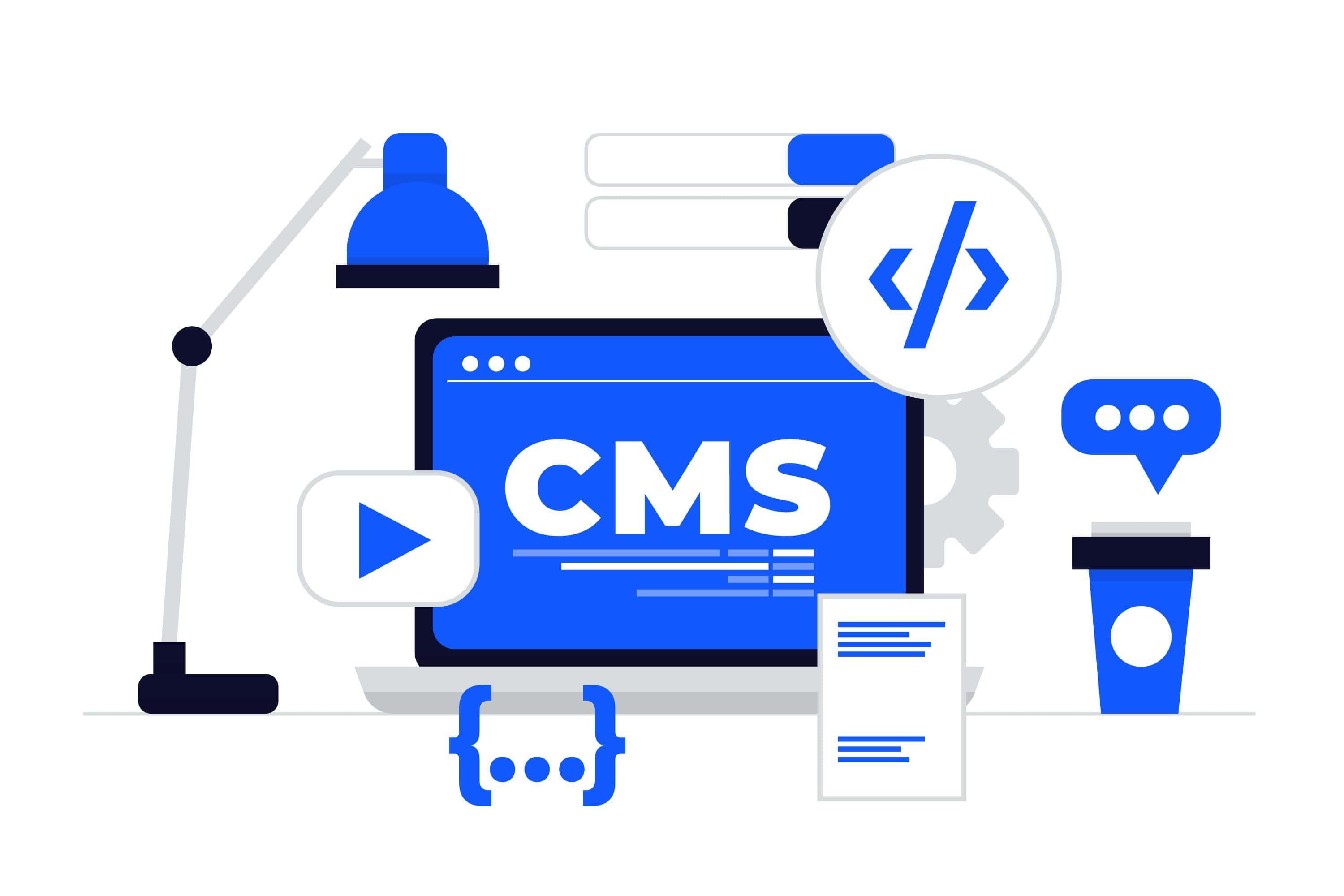
March 13, 2023
By Besufkad Menji
Why NextJS and WordPress as Headless CMS is the Winning Combo for Your Website
RELATED BLOGS

The Need for Speed: How Site Speed Impacts Your Online Success
In the fast-paced world of online business, every second counts. Your website's speed can make or break your success, influencing everything from user experience to search engine rankings. In fact, studies show that a mere one-second delay in page load time can result in a 7% reduction in conversions, and a 53% increase in bounce rates. With such staggering statistics, it's clear that site speed is a critical factor in your online success. But what exactly is site speed, and how can you optimize it to boost your website's performance? In this article, we'll explore the importance of site speed, its impact on your business, and tips for optimizing your website to deliver lightning-fast load times. So, buckle up and get ready to discover the need for speed in the world of online business.

The Ultimate Showdown: GraphQL vs. REST - Which One is Right for Your API?
As the world of web development continues to evolve, two popular API architectures have emerged as the frontrunners: GraphQL and REST. Both offer unique benefits and drawbacks, leaving developers wondering which one is the best choice for their project. GraphQL, with its ability to provide precise data requests and reduce network requests, has gained popularity in recent years. However, REST still remains a reliable and widely-used option, with its simplicity and ease of use. In this ultimate showdown, we'll explore the key differences between GraphQL and REST, and help you determine which one is right for your API. Whether you're a seasoned developer or just starting out, understanding the pros and cons of each architecture is crucial in creating an efficient and successful API. So, let's dive in and discover which one comes out on top in this epic battle of GraphQL vs. REST.